By Dave Franklin
I’ve met a handful of folk who insist old movies are boring. They don’t like stuff from cinema’s greatest decade, the 1970s, because it’s slow or the special effects aren’t as good or the hairdos are silly. Anyhow, after I’ve stabbed these ignoramuses and they’ve begun to recover from the shock, I make them a nice cup of tea, bring out the Kit Kats and gently explain why they’re wrong.
Take something like 2018’s Ready Player One. It might be technically impressive, but it’s a frantic, soulless pastiche. It’s not so much a movie as a series of fast-moving images strung together, the equivalent of watching a computer game being played. Put simply, it is not an upgrade on Raiders of the Lost Ark.
But old movies…?
Aah, now we’re talking. Old movies, you see, have verve. They’re also free of the artistically crippling taint of political correctness. What’s more, by having some knowledge of 20th century flicks, it provides context and enables a viewer to judge things like originality, merit and influence. Hence, it’s handy to know where and when cinematic staples originated.
Old is good, I get my recently punctured acquaintances to repeat as we mop up any remaining blood. Old is good.
Oh yes, that’s a fine mantra to live by, especially when settling back to enjoy a blowey from a toothless, geriatric hooker as the opening credits of something like Network, Wages of Fear or Double Indemnity unfold.
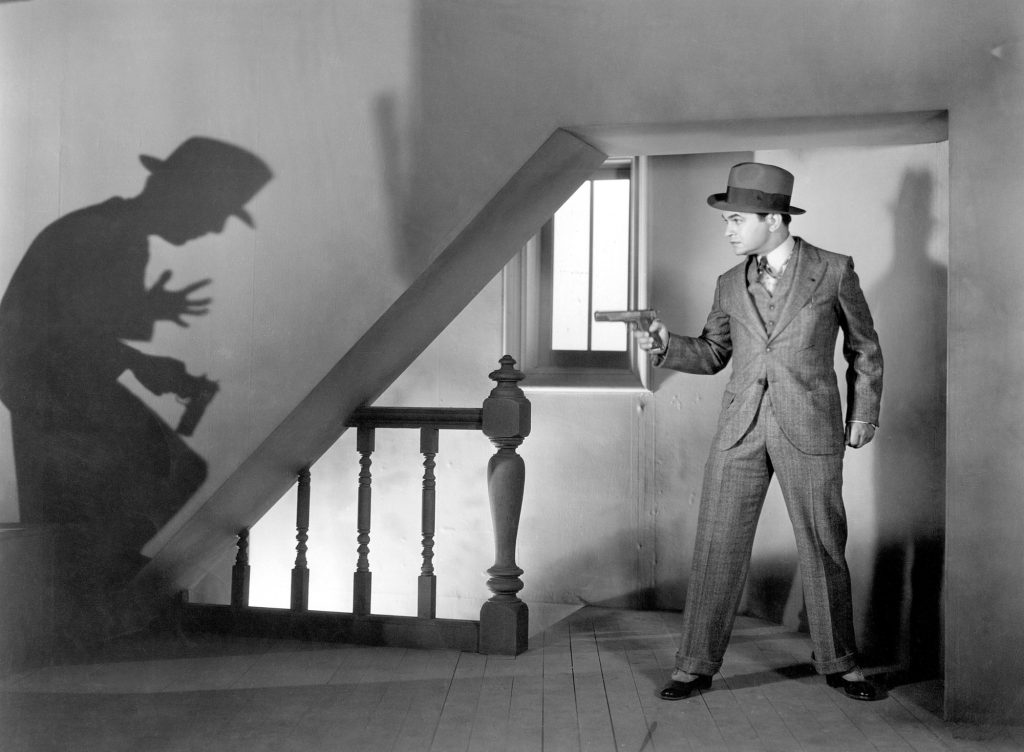
The Gangster’s Rise and Fall
It’s not unusual to stumble across best gangster movie lists that include 1931’s Little Caesar.
Hmm, don’t think so. It’s a pre-Code turkey that manages to be both stilted and hammy.
I think cinephiles speak up for it because of the failure to appreciate the difference between a historically significant flick and a fucking good one. Little Caesar is the former, but something like 1971’s Get Carter is the latter. Caesar is noteworthy because it was the first to offer the structure that the likes of Michael Corleone and Tony Montana were doomed to follow, but its simplistic writing and woeful acting are embarrassing.
The pocket-sized Edward G. Robinson plays our cuddly hero, Rico, a small-time hood going nowhere with his more arts-inclined buddy, Joe (Douglas Fairbanks). Rico’s got a case of Napoleon complex, though. “Money’s all right, but it ain’t everything,” he tells Joe as they sit in a diner dreaming of the big time. “Be somebody. Look hard at a bunch of guys and know they’ll do anything you tell ’em. Have your own way or nothing. Be somebody!”
Well, fine, no problem, but during the next Chicago-set couple of scenes Rico waltzes into the main gang (despite no one bothering to check him out) while Joe is busy dancing at a club and falling in love. For fuck’s sake, have you ever known a gangster flick in which one of the main tough guys is torn between packing heat and mincing around on stage with a girly?
Now I like Mr. Robinson, but he’s as unconvincing here as everyone else. He’s supposedly the ambitious, snarling, trigger-happy type, but I never bought it for a second. Whereas shortasses like James Cagney and Joe Pesci were able to convince me they were out and out nutters in White Heat and Goodfellas, Robinson never does. In fact, he carries on like a petulant teenager with a gun. I just wanted to smack his little botty and send him to his bedroom without supper.
Old is good? What idiot said that?

Flesh-eating Zombies
Hammer Films broke new ground with 1957’s massively successful The Curse of Frankenstein by showing the monster not only getting shot in the face, but bright red blood spurting out from behind its raised hands. Horror movies had just got gory and from that moment on they only got gorier.
Alas, innovation like that proved increasingly hard for the studio to come by, despite churning out four or five flicks a year through the sixties. Now I certainly enjoy some of these, such as the kiddy-fiddling Never Take Sweets from a Stranger and that monumental badass bitch in She. However, too often Hammer got stuck in a rut, exemplified by a bored-looking Christopher Lee shoving plastic fangs into his gob every couple of years. Eventually Hammer tried updating their approach with topless lipstick lesbos and some piss poor kung-fu. It didn’t work and the blood-smeared writing was on the wall. Hammer could no longer cut it and by the time things reached their cheesy nadir with Dracula A.D. 1972, most horror fans were sick of the vampire obsession, the rubbery bats, the fake-looking blood, the lack of chills and the desperately tired scripts.
A shame, really.
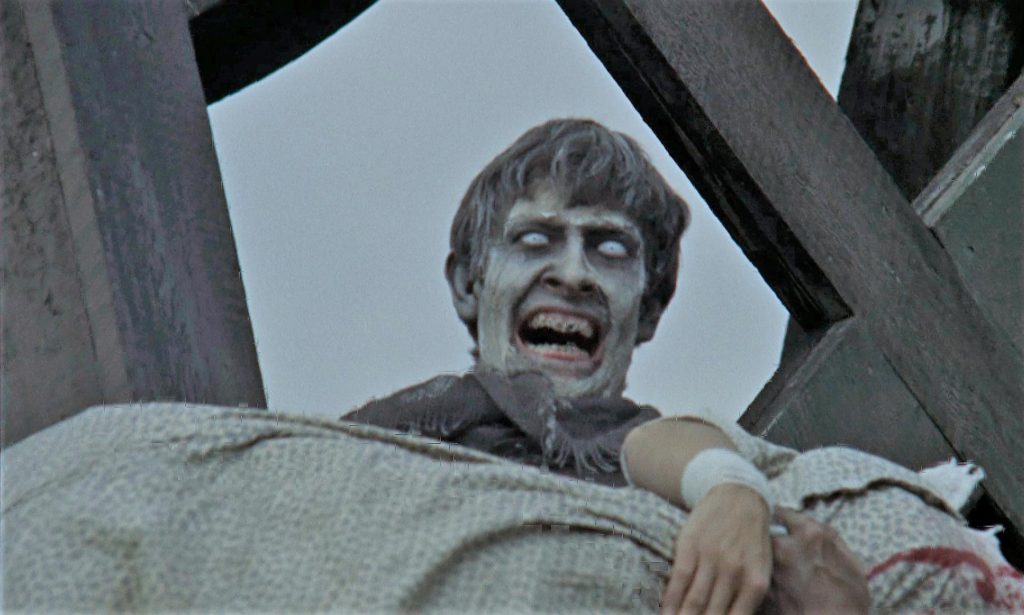
Take 1966’s Plague of the Zombies, the first time Hammer did a zombie flick. Here the zombies are used as slave labor in a Cornish tin mine, rather than hunting down the locals and pulling out their guts to munch on. It’s among Hammer’s better efforts in that it has some handsome production values, a certain amount of imagination and three or four decent scenes. Still, it was only a small, voodoo-tinged step in the right direction and not enough to save the company’s fading fortunes. Of course, hindsight is a wonderful thing, but it was up to the father of the modern zombie movie, George Romero, to give the undead a much-needed kick up the ass. With Night of the Living Dead, he rudely grabbed hold of a minor sub-genre and took it in an exciting new direction, delivering a death blow (compounded by the polished class of Polanski’s Rosemary’s Baby) to Hammer’s future. It’s arguably one of the most influential films of all time and it’d be interesting to know how many moviemakers have fed off its rotting carcass.
Saying that, Night is not perfect. Despite its groovy, non-bloody graveyard opening (“They’re coming to get you, Barbra!”), it sags in the middle and the score’s not up to snuff. However, such criticisms are small potatoes next to its strengths, such as the eerie monochrome photography, a pioneering black hero, a nude female zombie, the introductory concept of a contagious bite, a more pronounced sense of danger, and a worried newsreader announcing at the forty-minute mark: “Murder victims show evidence of having been… partially devoured by their murderers.”
New ground, all right.
Despite the paltry two-year gap between Plague and Night, Hammer’s effort feels staid in comparison, especially when the latter kicks into life with its final twenty-five minutes of offal-gnawing nastiness. It’s deeply unsentimental stuff, typified by the zombified kid finishing off both parents, as well as that abrupt ending (“That’s another one for the fire.”)
Night may have depicted Yanks saving the day through their pronounced gun fetish, happily banding together to blow holes in heads, but a new breed of zombie was up and running.
Or shuffling, anyway.
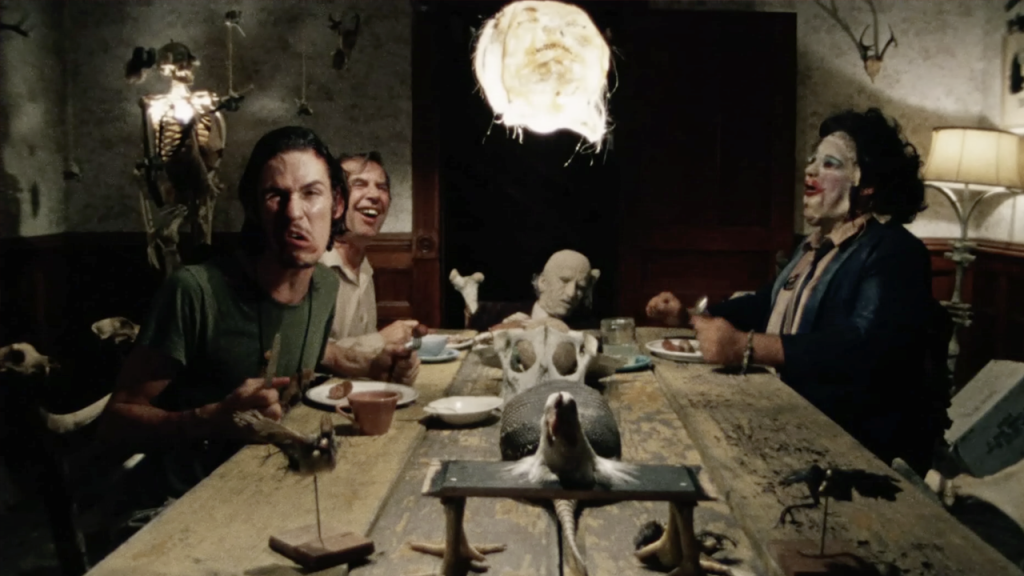
Redneck Hillbilly Scum
Deliverance certainly wasn’t the first flick to depict civilized city dwellers encountering unfriendly rural locals. Off the top of my head, I can think of a one-armed Spencer Tracy stepping from a train at an isolated spot in 1955’s Bad Day at Black Rock. However, John Boorman’s magnificent survival thriller did define a certain kind of deranged backwoods fuck. You know, the sort of guy who thinks he looks good in dungarees, distills brain-eroding moonshine, perves on his sisters, humps whatever four-legged animals are in the vicinity, and votes Republican. You can draw a straight line from Deliverance through Texas Chainsaw, The Hills Have Eyes, Rituals, I Spit on Your Grave, Southern Comfort, Cabin Fever, and even Aussie and British stuff like Wolf Creek and Eden Lake. Such is Deliverance’s monumental influence, it’s clear that line is going to keep being drawn for a long time yet.
Four Atlanta businessmen plan a canoe trip along a soon-to-be-dammed Georgian river. “There any hillbillies up here?” the not very likable Bobby (Ned Beatty) asks during the opening credits as their cars slink around a dirt road’s bends.
“Yeah, there’s people up here ain’t never seen a town before,” Lewis (Burt Reynolds) replies. “Those woods are real deep.”
Stopping to get gas and arrange for their cars to be driven to a rendezvous point, we soon realize how patronizing if not outright prejudiced Bobby is. Surveying the shacks and surrounding piles of junk, he says they may have arrived at ‘the end of the line’. There’s no other way of interpreting this than as meaning the end of civilization, prompting Drew (Ronny Cox) to warn him not to upset ‘these people’.
But ‘chubby boy’ Bobby hasn’t finished. “People…?” he shrugs. “Talk about genetic deficiencies…”
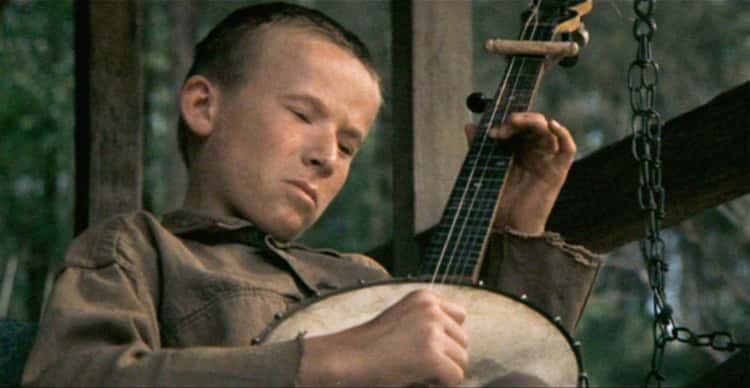
His mate Ed (Jon Voigt) is a lot more cautious. In fact, he already seems to have the heebie-jeebies. “Let’s go back to town and play golf,” he suggests.
Not that the suspicion and contempt isn’t replicated. These hillbilly types don’t exactly roll out the red carpet for their urban visitors, either. Comments from the less than friendly natives include “You don’t know nothing”, “What the hell you wanna fuck around with that river for?” and the obviously scornful refrain “City boy”.
The Dueling Banjos sequence is, of course, legendary, although I’m not sure you’d get away with it today. The intellectually-challenged must be portrayed in a positive light these days whereas Banjo Boy is one quietly sinister fucker. With his slit eyes, weird young/old face and remarkably blank expression, he’s the last sort of beau you’d want your daughter to bring home. The musical interchange, however, is brilliant at capturing a spontaneous but deceptive moment of connection within a chasm. Once the duel is over, Banjo Boy refuses a handshake, looks away and doesn’t want to play another.
Apparent solid ground has just collapsed.
Later he’s seen gazing down at the canoeists from a wooden bridge. Drew waves and indicates for him to start strumming again, but it’s like they’ve never met. Instead Banjo Boy keeps staring, the unused banjo left to dangle near his no doubt six-toed feet. It simply isn’t possible to have the slightest idea what’s going on in that cuckoo’s head.
Then there’s the rape scene, one of the most memorable episodes in American cinema. The two sweaty hillbillies are fantastic villains with their chillingly loaded glances, obscene threats and god-awful teeth. Both are so convincing you really buy into their inbred, borderline insanity. It’s also fascinating how they see Bobby as a female, firstly ordering him to take his ‘panties’ off and then calling him a ‘sow’. Still, it takes two to tango for a scene to emblazon itself upon memory, and Bobby is a brilliant victim. Just look at the mounting fear in his eyes as one of his unshaven suitors casually reaches out to stroke his jowly, anxiety-ridden face. Then there’s his cluelessness concerning what’s going to happen, even after being ordered to drop his pants. “What’s this all about?” we hear him ask. It’s a fair question because their amorous intent is so far off his radar that it wouldn’t even form part of a nightmare, an uncertainty undoubtedly matched by the average viewer in 1972.
The hillbilly as scary motherfucker had arrived.
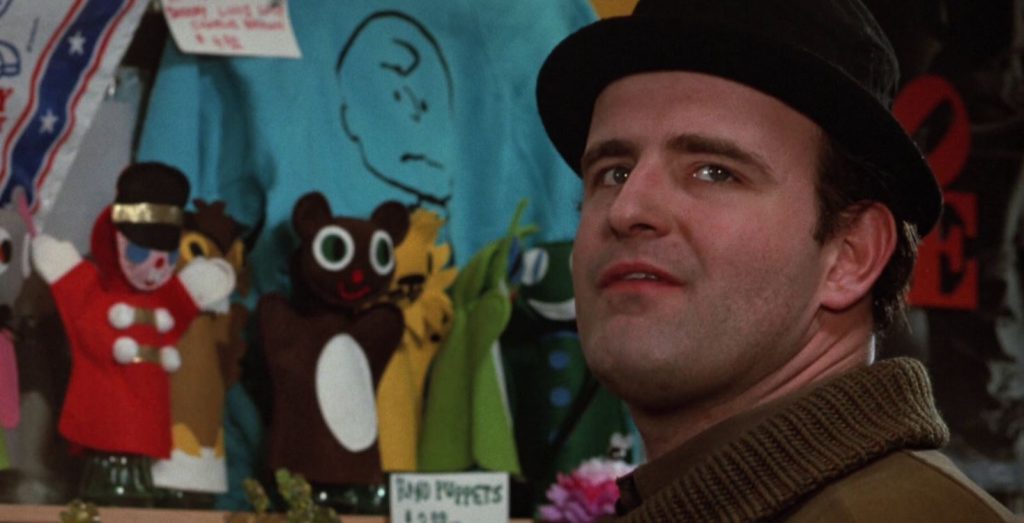
The Urban Vigilante
Before Bickle, before Kersey, there was… Joe.
Who’s he? A big, bald bloke who hates blacks, dole bludgers, commies, gays, hippies and ‘nigger lovers’. Just having long hair or saying the word ‘groovy’ is enough to set him off because all these types are ‘pissing on America’.
The guy’s so fucked up he even respects Nixon.
Chances are, you haven’t heard of John G. Avildsen’s Joe, a blistering pic that hails all the way from 1970. It’s definitely not your traditional slice of vigilantism in which the main character is wound up like clockwork and then set down for a spot of bullet-spraying vengeance against the criminal lowlifes who’ve directly wronged him. Joe is much more nuanced and thought-provoking. It’s a queasy, long-simmering outpouring of bile that clearly laid down the foundations for Taxi Driver. I’d say it’s not only a great 70s flick, but a great movie period.
Joe is introduced sitting in a bar (called American Bar and Grill) shooting his mouth off: “The niggers! The niggers are getting all the money. Why work? You tell me. Why the fuck work when you can screw, have babies and get paid for it? I sweat my balls off in front of a fucking furnace for forty hours a week and they get the same money I do. For nuttin!”
Now Joe might be a bigot but he’s no psycho-loony. He’s not a man on the edge with apocalyptic visions of wiping the streets clean of scum. Not once does he pump iron or have an aggressive conversation with his reflection. Sure, he’s a foul-mouthed crashing bore after a few beers, but that’s not quite the same as being a Hinckley or Chapman type.
Talk is cheap and all that.
No, and perhaps this is Joe’s strength, Joe’s a bog-ordinary, blue collar guy who served his country fighting against Japanese tyranny. Marriage, a couple of unappreciative kids, the odd steak dinner, a bit of bowling with workmates, and routine frustrations occupy most of his time. Sure, he’s bloody uncouth and increasingly resentful (“It’s the kids who are screwing us up”) but you don’t get any sense he’s going to explode. Surely he’s just an average Joe? Then again, he does have a ‘well-balanced’ gun collection…
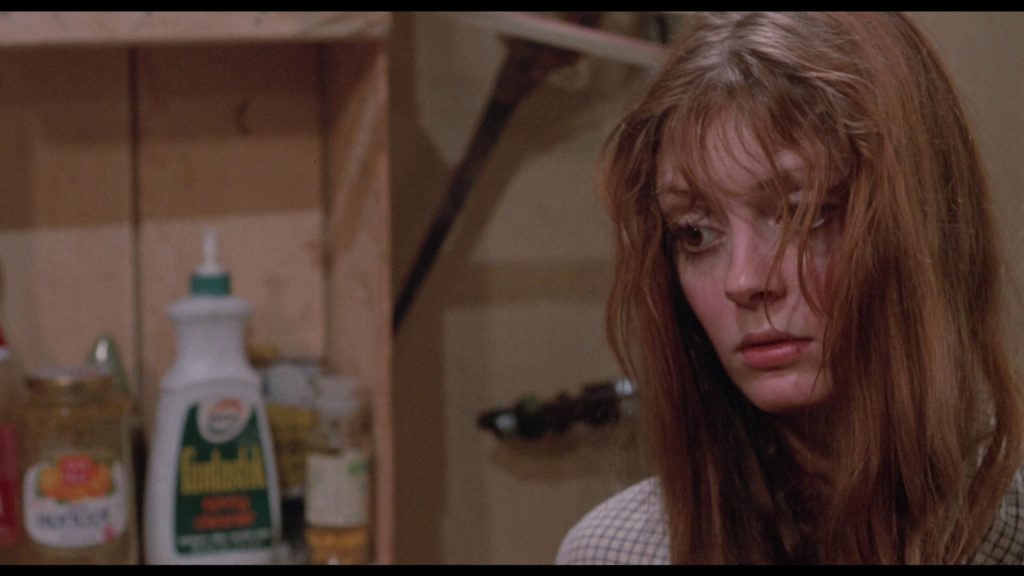
Meanwhile, Bill Compton (Dennis Patrick) is having problems with his beautiful daughter, Melissa (Susan Sarandon). She’s mixed up with an unlikeable junkie hustler and living in a shithole, a classic example of a confused rich chick slumming it. After she ends up in hospital, Compton confronts the guy who’s hooked his daughter on drugs and spontaneously beats him to death. He then stumbles shell-shocked into a bar and meets Joe. Joe belatedly latches onto the crime but instead of turning the killer in or trying his hand at a spot of blackmail he expresses admiration.
Oh boy, the way these two strike up such an unlikely, toxic, but believable alliance is a treat. Separated by wealth, class and education, they still somehow find common ground, the main one being they’re both deeply flawed, hypocritical bastards.
Compton can barely stop his head spinning at what he’s done, but is also experiencing other emotions. “I get this… I’ve had it a couple of times lately…” he tells Joe. “A feeling of pleasure… satisfaction…”
“Yeah, yeah!” Joe enthuses. “Like in the war. You remember how you felt in the war sometimes after you’d killed a few of them? You’d feel bad and good at the same time.”
Compton can only express his bewilderment to his wife at the mess he’s in, desperate to keep Joe on side and yet weirdly starting to like him. “The crazy thing about Joe is that,” he tells her, “it’s as if he shared in it, as if he killed that boy, too.”
Director Avildsen is a long way from the future wholesomeness of The Karate Kid here. This is a fascinating exploration of counterculture tensions and radically changing times, complete with references to the ongoing Vietnam War and Desmond Morris’ The Human Zoo. It’s a time capsule, a state of the nation address, and an examination of patriotism. After forty minutes I had no idea where it was going, but could already tell it was both worrying and funny. The characters are exceptionally well-drawn, although it’s tricky to know who you’re supposed to root for. There’s a huge amount of grit and edge, exemplified by its tremendously coarse and memorable dialogue. Listening to Joe ignorantly rant (“You ever get the feeling, your whole life, is one big crock of shit” and “Forty-two percent of all liberals are queer. That’s a fact”) is plain great. Both leads are superb, especially Peter Boyle, a man you might know better as a singing, dancing monster who occasionally puts on the Ritz.
Joe also features a very young, longhaired and skinny Susan Sarandon. Those goddamn bewitching eyes are reason enough to watch, but about thirty seconds after meeting her she strips off and climbs into a bath. God bless the 1970s.
Joe is astonishing. And apart from everything else, it’s got one of the best climaxes in cinema.
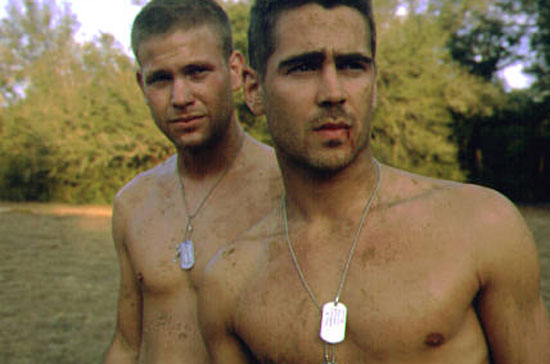
The Vietnam Vet Running Amok Back Home
I’ve never been to America and I don’t know any Americans so I feel that puts me in a commanding position to make profound, incontestable judgments about the place. Indeed, my knowledge of South Canada is so comprehensive that I am familiar with the taste of Coca-Cola and even know who Arthur Fonzarelli is. Now Yankland probably was a reasonable sort of place at one time, but those days appear to have long gone. If I had to rank countries in terms of mental health, I have little idea of the U.S.’ exact position, but I’m sure it wouldn’t be anywhere near the top.
As far as I can tell, three key events are responsible for rattling this nation’s psyche. Did I say rattle? I meant inflicting such traumatic wounds that they have turned into festering sores. These three little beauties are Pearl Harbor, the Vietnam War and 9/11. Lob in a few high-profile assassinations and the country’s ongoing inability to get to grips with race and you end up with one toxic Yankee Doodle cocktail.
This is why Americans have become such a suspicious, paranoid, gun-loving bunch of confused flag-wavers. They’re so fucked up that a sociopath can become president, religion continues to hold too much sway, Chuck Norris was allowed a movie career, basketball and baseball are considered watchable sports, and misguided parents believe it’s fine to name a newborn Randy, Newt or Rip. The poor lambs have regressed so far that if they wanted to casually dismiss the irrefutable points of my stellar argument they wouldn’t even understand it’s grammatically wrong to say I could care less what that asshole Dave says.
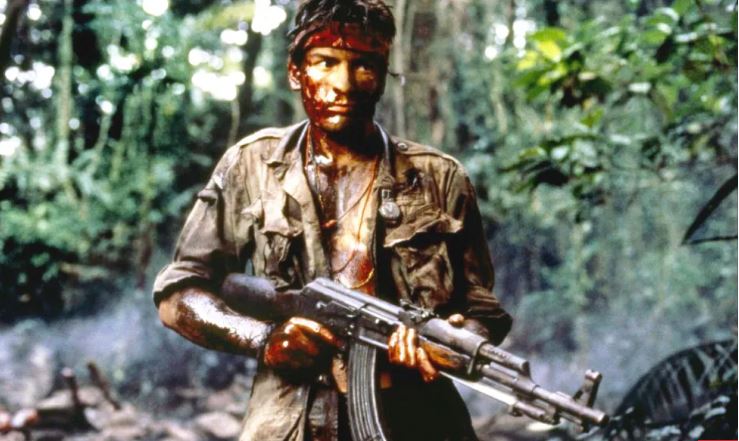
Anyway, back to a cataclysmic event like the Vietnam War. Now most wars are unjustifiable, but Nam might very well be the piece de resistance of indefensible military mistakes. Why’s that? I hear you ask. Well, Vietnam was a country that simply wanted to get rid of its colonial masters. It hadn’t attacked America. Or anyone else.
No matter.
America was too busy losing its shit with its 20th century witch hunt (otherwise known as the Red Scare) to make any rational assessment of events. Communism had to be stopped, especially in an irrelevant, backward country on the other side of the world. For Christ’s sake, the warmongers argued, if Vietnam fell, how long before the countries around it toppled into the same goddamn evil pit?
And so those ‘military advisors’ arrived and the B-52s started flying overhead and My Lai was just around the corner and… oh, fucking hell, what a despicable, heartbreaking, avoidable mess. There was also no escaping this one, with Vietnam becoming the first conflict to be beamed nightly into people’s homes, enabling even the most myopic of supporters to be soaked in every putrid drop. America was on the verge of tearing itself apart.
And, of course, the joke is after all that Herculean effort, gargantuan expense and everything else, America lost. The world’s greatest power had its ass kicked by a bunch of undersized, rice-eating peasants in cute conical hats. Despite the chattering M16s, the rocket-firing Hueys hovering over the jungle, the tons of napalm fired at villagers, the carpet-bombing of a neighboring country, and America’s unshakeable belief in its military prowess, those gung-ho Marines were forced to slink away in the mid-70s with their tails between their legs.
And the jokes kept coming. After kicking its criminal invaders out, Vietnam went fully commie anyway. Not that the surrounding countries noticed. So much for the Domino Theory. Fast forward half a century and Vietnam remains a dirt-poor threat to no one.
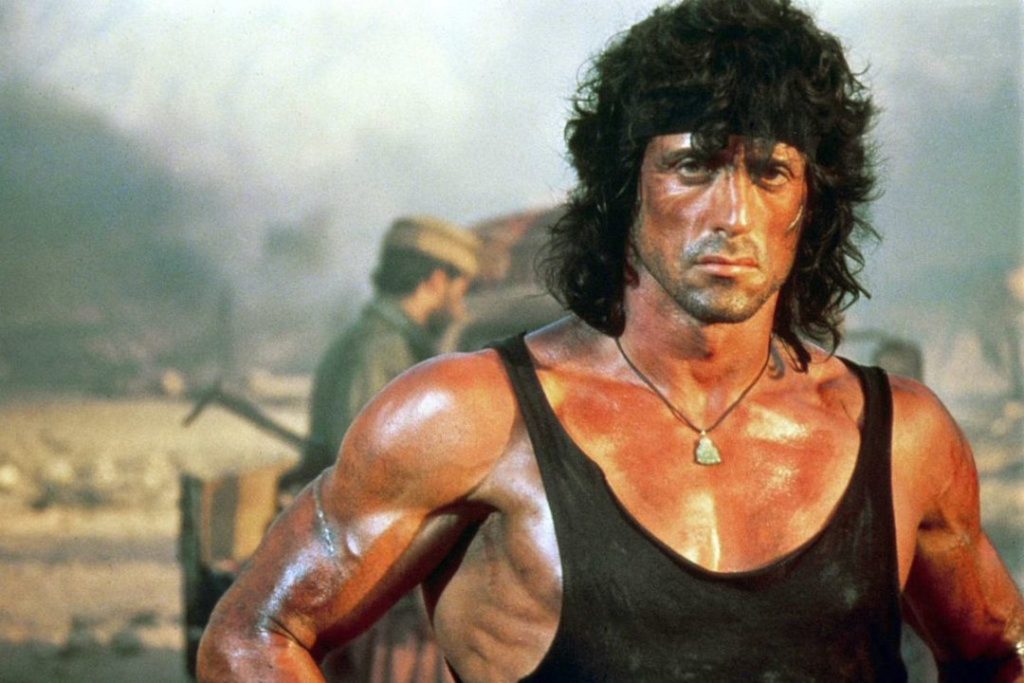
All that savagery… for nothing.
It wasn’t over for America, though. The vets had to come back with their rearranged bodies, broken minds and seesawing emotions to face their own deeply divided people. My audio Nam bible, Paul Hardcastle’s 19, tells me that none of them received a hero’s welcome. “According to a Veteran’s Administration study, half of the Vietnam combat veterans suffered from what psychiatrists call post-traumatic stress disorder,” Mr. Hardcastle reliably informs us. “Many vets complain of alienation, rage, or guilt. Some succumb to suicidal thoughts. Eight to ten years after coming home, almost eight-hundred thousand men are still fighting the Vietnam War.”
Now I don’t think the toe-tapping veracity of a three and a half-minute chart topper can be disputed, an anti-war view that is clearly backed up by the movies. It was only a matter of time before the specter of Nam started appearing on the silver screen and what better place to give things a whirl than the horror genre. In 1974 Deathdream (AKA Dead of Night) updated the old Monkey’s Paw story by depicting a family left desolate by the reported death of their enlisted son/brother, Andy (Richard Backus).
The shell-shocked mother simply can’t accept the news, leaving her husband to get up in the middle of the night to find her sitting in the dark cradling a candle. “You’re alive,” she keeps saying. “I can feel it. They lied. You will come back.”
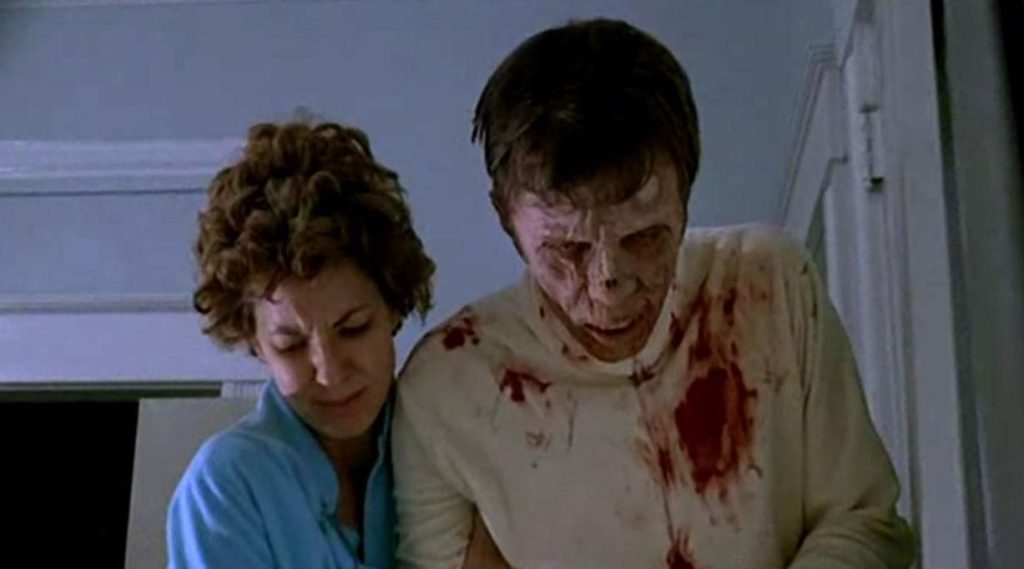
Sure enough, the baby-faced Andy turns up in his uniform the next day. Problem is, he’s not the same happy-go-lucky guy who left. Pale, non-blinking and listless, this version of Andy barely speaks, doesn’t eat, and dislikes company, especially cute doggies. He doesn’t so much smile as the corners of his mouth start crawling up his face. When his dad asks “Pretty rough over there, eh son?” he gets the classic blank reply: “Over where…?”
Deathdream is a pretty good mash-up of zombiism and vampirism. I like the way there’s no supernatural reason or voodoo hijinks for the combatant’s return, just a mother’s overwhelming love. It has an excellent, fast-moving opening, maintains an eerie tone throughout, and is complemented by a minimal but effective score. It also nicely captures a sense of dislocation with its focus on family breakdown rather than the wider effects of the war. Indeed, the references to the conflict are fleeting and sometimes oblique. Andy doesn’t deal with protestors or get called a ‘baby-killer’. When the father says he never acted ‘that way’ after returning from World War Two, it suggests Nam was a more traumatic event for its soldiers. I also enjoyed a waitress dismissing Andy as the chief suspect in the murder of one of her well-liked customers by paradoxically blurting: “I can’t believe a soldier would do a thing like that!”
Better known movies, such as The Exterminator, First Blood and Jacob’s Ladder, would emerge in the ensuing years, but Deathdream was the first to deal with the fucked-up vet. Its message was unmistakable: those half-crazy war chickens were on their way home to dole out a firsthand taste of the conflict’s fifteen-year-long agony.